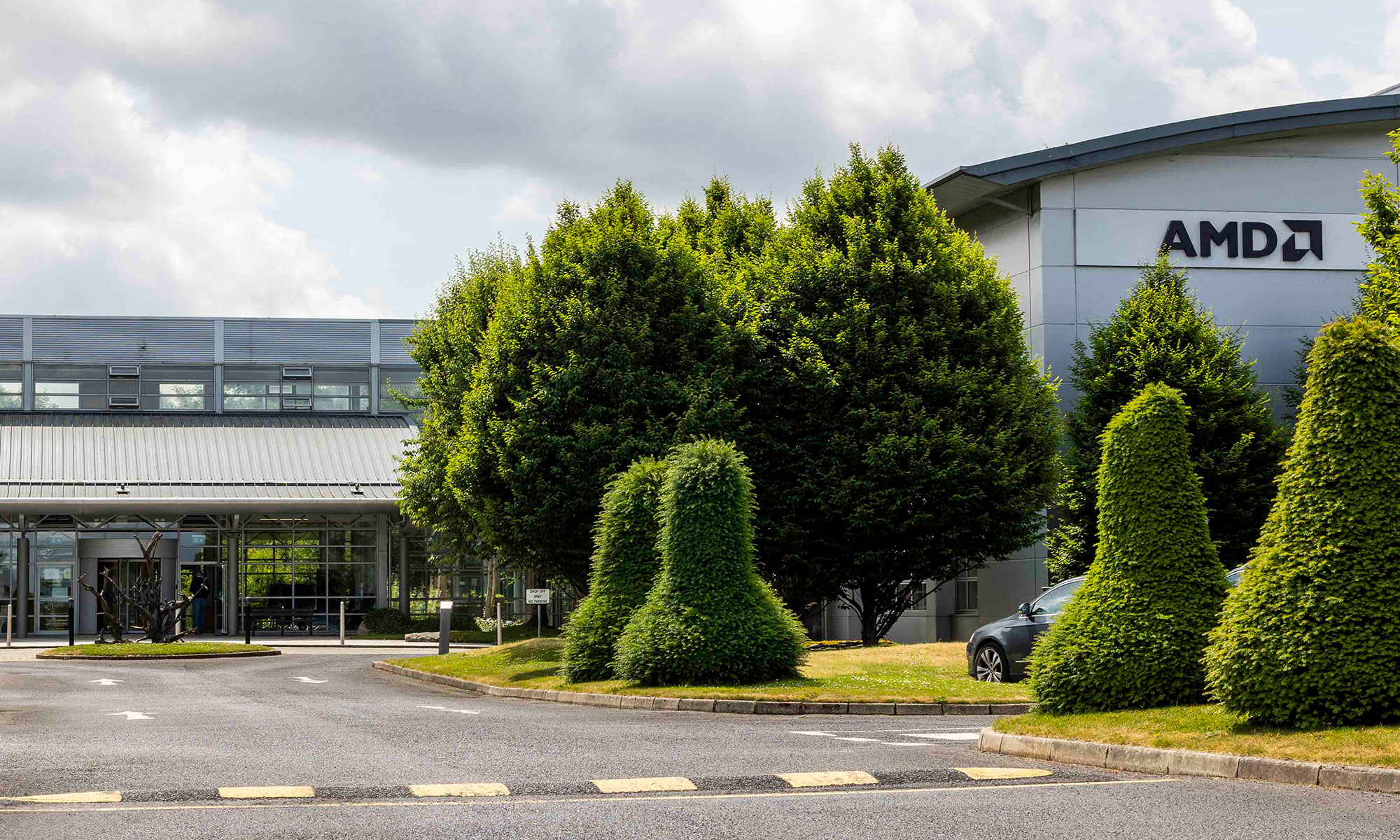Not content with its dependence on the market for traditional PCs, Advanced Micro Devices'(AMD +6.22%) recent turnaround strategy has centered on delivering silicon for what it calls semi-custom solutions: PC-like devices powered by slightly customized AMD processors.
There is no better example of AMD's strategy in action than the latest video game consoles: Nintendo's (NTDOY +2.50%) Wii U, Sony's PlayStation 4, and Microsoft's Xbox One all use AMD chips.
Its exposure to the industry gives the company a unique perspective -- as a major supplier, AMD is well-suited to forecast upcoming devices. Last month, it did exactly that. At a Raymond James technology conference, AMD's CFO, Devinder Kumar, announced that his company had secured design wins for two upcoming devices, at least one of which could be a gaming console.
Kumar's comments
"I'm pleased to report we have those design wins," Kumar said, noting that the company had previously told investors to expect two new semi-custom designs from the company. "Those parts will get introduced in 2016 ... at least one will be beyond gaming."
From AMD's perspective, the devices could prove vital: According to Kumar, they could add $1 billion to AMD's revenue over a period of three years from 2016 onward. That's fairly significant, as AMD generated just $1.6 billion of revenue in 2013.
However, their exact nature remains largely unknown. Kumar's wording ("at least one will be beyond gaming") leaves a lot of possibilities open. Still, it seems fair to say that at least one -- and possibly both -- of these products will play games in some capacity.
Nintendo admits it's working on a new console
A handheld video game console from Nintendo is a strong possibility. Nintendo's current handheld, the 3DS, is almost four years old. In the past, the Japanese video game giant has released new handheld consoles on a regular basis, launching a new product every four to six years.
Although the market for dedicated handheld consoles has been eroded by the growth of smartphones and tablets, Nintendo's management remains committed to its long-standing strategy. Last month, Nintendo's Shigeru Miyamoto told the Associated Press that his company was hard at work on its next-generation of devices.
Nintendo's 3DS uses an ARM-based processor, and given ARM's advantage in power consumption, the 3DS' successor will likely do the same. That would've been a problem for AMD in the past, but earlier this year, the company secured an ARM license, allowing it to offer both ARM and x86-based processors.
According to Kumar, one of AMD's semi-custom design wins also uses an ARM-based processor. Could it be the next Nintendo handheld? Other AMD executives have made supportive statements -- last June, AMD's Saeid Moshkelani told Barron's that AMD had great interest in the handheld gaming space, noting that despite widespread skepticism, Nintendo's "3DS is still selling."
A new entrant?
A new console from Sony or Microsoft would be quite a surprise, given the relatively recent debut of the Xbox One and PlayStation 4. If AMD isn't making a game device for Nintendo, it might be building a processor for a non-traditional player.
Amazon (AMZN +1.03%) has shown great interest in the space in recent months, hiring major game developers and buying a video game studio outright, in addition to its purchase of the popular video game streaming service, Twitch. Amazon's set-top box, the Fire TV, allows its owners to play video games, though the graphical fidelity is lackluster. A more powerful game console from the e-commerce giant would not be particularly surprising.
There are other possibilities. Android TV, a modified version of Google's (GOOG 0.81%) (GOOGL 0.80%) mobile operating system designed to power set-top boxes, has attracted the attention of several gaming firms. Razer, a company known primarily for its gaming PC peripherals, unveiled the Android TV-powered Forge TV at CES last week. Forge TV sports a Qualcomm chip, but a similar product powered by AMD silicon could eventually make its way to market.
Betting on semi-custom
Unfortunately, these gaming wins have done little for AMD shareholders. Since the debut of the Xbox One and PlayStation 4 in Nov. 2013, AMD shares have lost roughly 25% of their value, badly underperforming the broader market. Despite bringing in revenue, AMD's console contracts have been criticized for their low margins.
The same may ultimately hold true for AMD's two new design wins. Still, it's evidence that AMD's plan -- derive 50% of its revenue from high-growth markets, including semi-custom solutions -- is on track.













